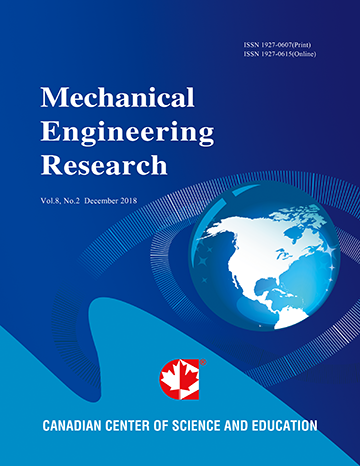Modelling Prostate Deformation: SOFA versus Experiments
- Pedro Moreira
- Igor Peterlik
- Mark Herink
- Christian Duriez
- Stephane Cotin
- Sarthak Misra
Abstract
Needle insertion procedures are commonly used to treat and to diagnose prostate cancer. Surgical simulation systems can be used to estimate prostate deformation during pre- and intra-operative needle insertion planning. Such systems require a model that can accurately predict the prostate deformation in real time. In this study, we present a prostate model that incorporates the anatomy of the male pelvic region. The model is used to predict the prostate deformation during needle insertion and it is implemented in the Simulation Open Framework Architecture (SOFA). SOFA simulations are compared with experimental results for two scenarios: indentation and needle insertion. An experimental phantom is developed using anatomically accurate magnetic resonance images and populated with elasticity properties obtained from ultrasound-based Acoustic Radiation Force Impulse imaging technique. Markers are placed on the phantom surface to identify the deformation during indentation experiments. The root mean square error (RMSE) obtained in indentation experiments is 0.36 mm. During the needle insertion, the needle tip position is used to validate the model. The SOFA simulation resulted in a RMSE of 0.14 mm. The results of this study demonstrate that SOFA is a feasible option to be used in surgical simulations for pre-operative planning and training.
- Full Text:
 PDF
PDF
- DOI:10.5539/mer.v3n2p64
Contact
- Lenna BaiEditorial Assistant
- mer@ccsenet.org
